Surfperches/Seaperches: Family Embiotocidae
Species: Embiotoca jacksoni (Agassiz, 1853); from the Greek word embiotoca (bringing forth living young), and jacksoni (in honor of A. C. Jackson of San Francisco, who first noted that these perch give birth to living young and brought it to the attention of Alexander Agassiz who described the species). Family Embiotocidae, subfamily Embiotocinae.
Alternate Names: Buttermouth perch, black surfperch, black seaperch or bay perch. Often called pogie by anglers in the Bay Area. In Mexico called mojarra negra or perca negra.
Identification: Typical perch shape. Although variable, their coloring is usually black or brown to reddish, and yellowish on the belly; scales often have blue flecking. Lips are orange or yellow and they have a “mustache” on the upper lip. Typically they have dark vertical bars on the side; a bluish-white line is often seen at the base of the anal fin. Easily identified by a large patch of enlarged scales between the pectoral and pelvic fins.
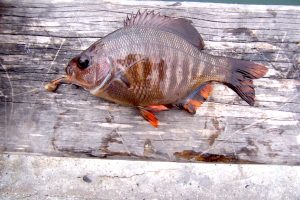 A Blackperch from the Cabrillo Beach Pier in San Pedro
A Blackperch from the Cabrillo Beach Pier in San Pedro
Size: To 15.4 inches; most caught from piers are under a foot. The California angling record fish weighed 2 Lbs 9 oz and was taken by Zachery Mitchell at Pacific Grove in 2011. The California diving record fish weighed 2 Lbs 10 oz and was shot by Joseph Piedimonte at Monterey in 2020. The IGFA World Record fish weighed 1 Lb 8 oz and was taken at the Coast Guard Pier in Monterey in 2019.
Range: Isla Magdalena and Isla Gudalupe, southern Baja California, to Fort Bragg, Mendocino County, northern California. Common from Punta Abreojos, central Baja California, to Bolinas, Marin County, northern California.
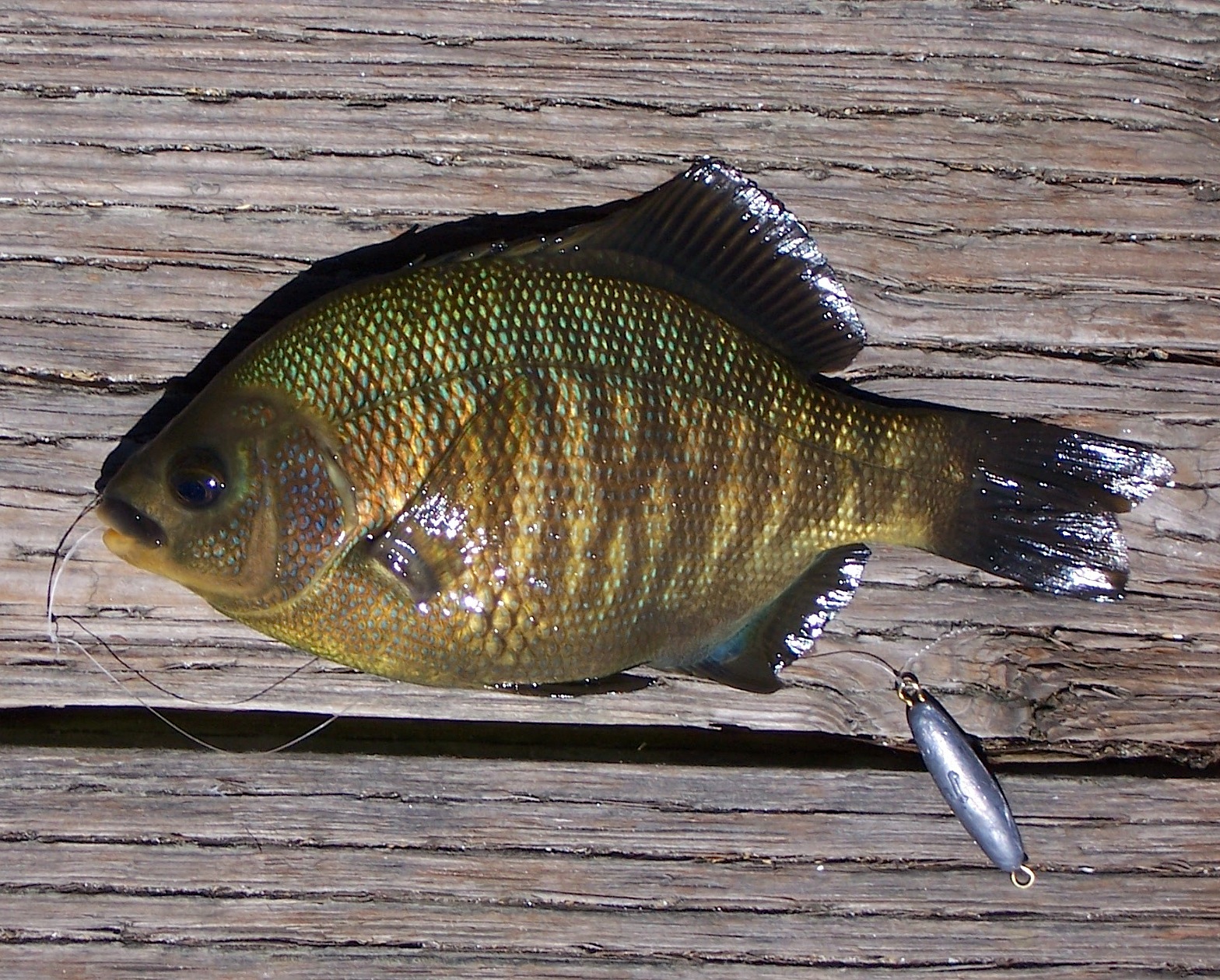
A Blackperch from the Stillwater Cove Pier at Pebble Beach
Habitat: Typically found in surface and intertidal waters but recorded to a depth of 239 feet. Most common in eelgrass beds of bays and rocky-shore areas; both in bays and along the coast.
Piers: Common at most piers north to Bodega Bay. Generally caught at bay piers or inshore piling areas of oceanfront piers. Best bets: Imperial Beach Pier, Shelter Island Pier, Oceanside Harbor Pier, Dana Harbor Pier, Long Beach Finger Piers, Redondo Harbor Sportfishing Pier, Hermosa Beach Pier, Venice Pier, Santa Monica Pier, Cabrillo Pier (jetty side), Malibu Pier, Paradise Cove Pier, Goleta Pier, Gaviota Pier, Morro Bay T-Pier, Monterey Coast Guard Pier, Capitola Wharf, Fort Point Pier, San Francisco Municipal Pier, Candlestick Pier, Berkeley Pier, Ferry Point Pier, Paradise Beach Pier, Elephant Rock Pier, Angel Island Pier, and Fort Baker Pier.
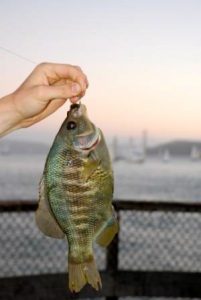
Blackperch from the Elephant Rock Pier in Tiburon
Shoreline: One of the main fish for rocky shore anglers in southern and central California.
Boats: An inshore species rarely taken by boaters.
Bait and Tackle: Prefers fresh mussels, bloodworms, pile worms, small pieces of shrimp or small rock crabs. Size 8 or 6 hooks fished on the bottom with a high/low leader seem to work best.
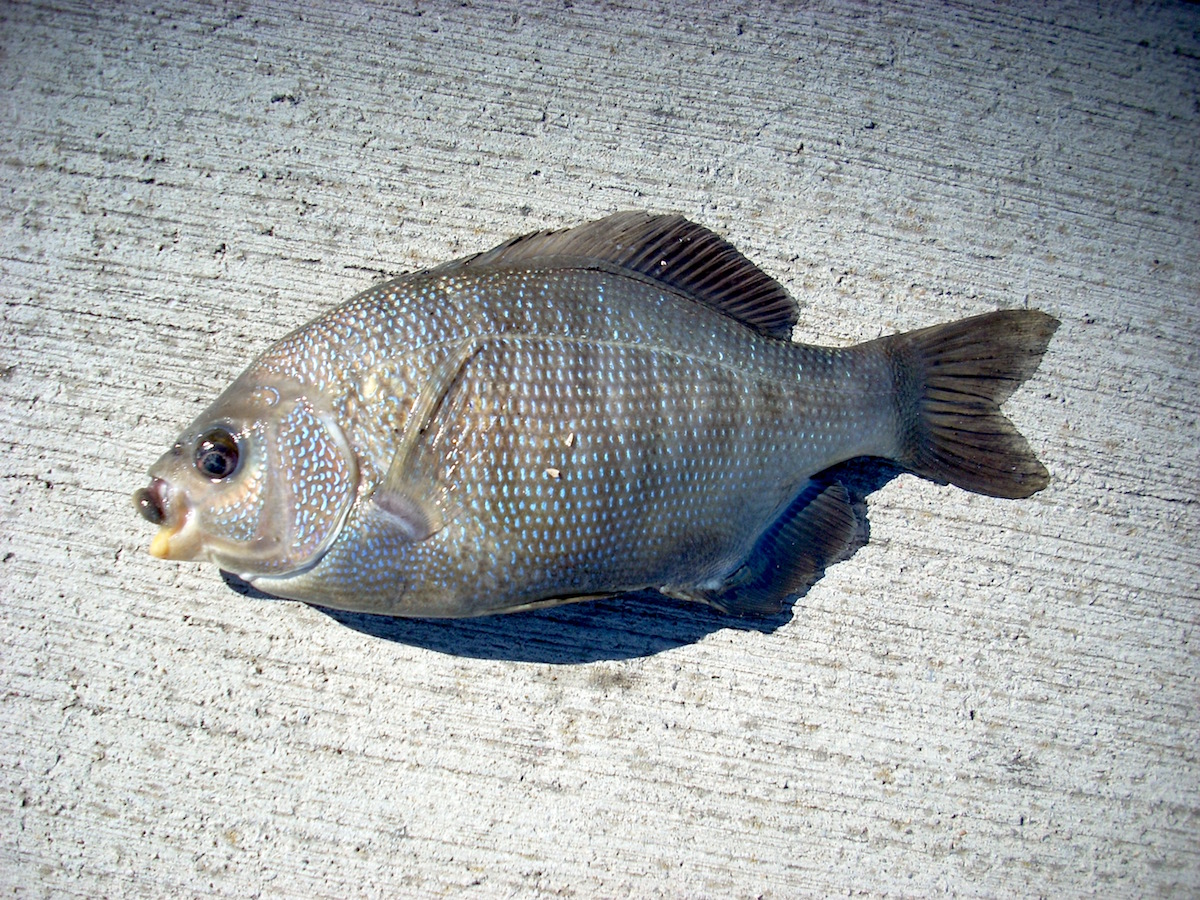
A Blackperch from the Ferry Point Pier in Richmond
Food Value: In the past this was considered a fairly good eating fish. Today, because of our polluted waters, they are considered unfit to eat in some locales. Their flesh has a mild taste, with small flakes and soft texture. As with other perch they taste best during the non-spawning season, are low in fat content, and can be cooked using most methods.
Comments: Once a favorite spring fish for Bay Area pier fishermen; today there’s a perch closure during the spawning months.
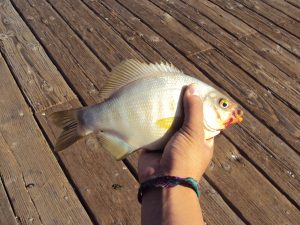 An unusual white-colored Blackperch from the Ventura Pier
An unusual white-colored Blackperch from the Ventura Pier
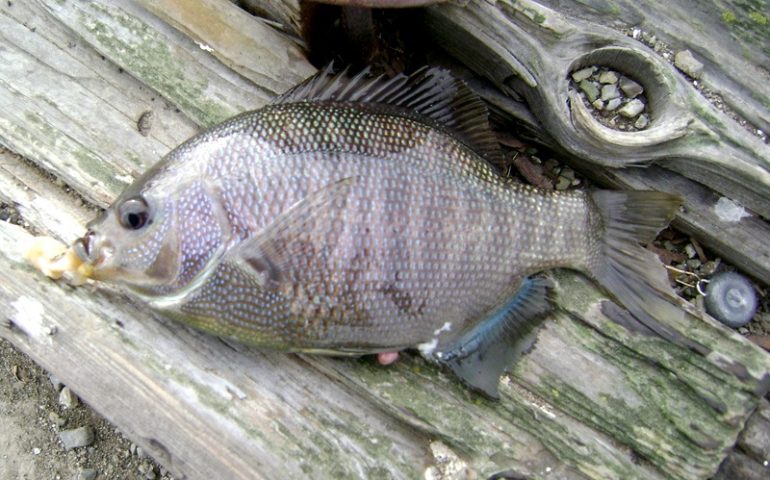
Before, my mother often made fish dishes from this fish for me to eat. I really like to eat fish dishes from this fish.
Interesting read about black perch! I’ve caught these before but never knew they give birth to live young. For a recipe, do you recommend grilling or pan-frying them whole? Their buttermouth nickname makes me curious about the best way to handle their flavor – maybe with simple lemon and herbs?